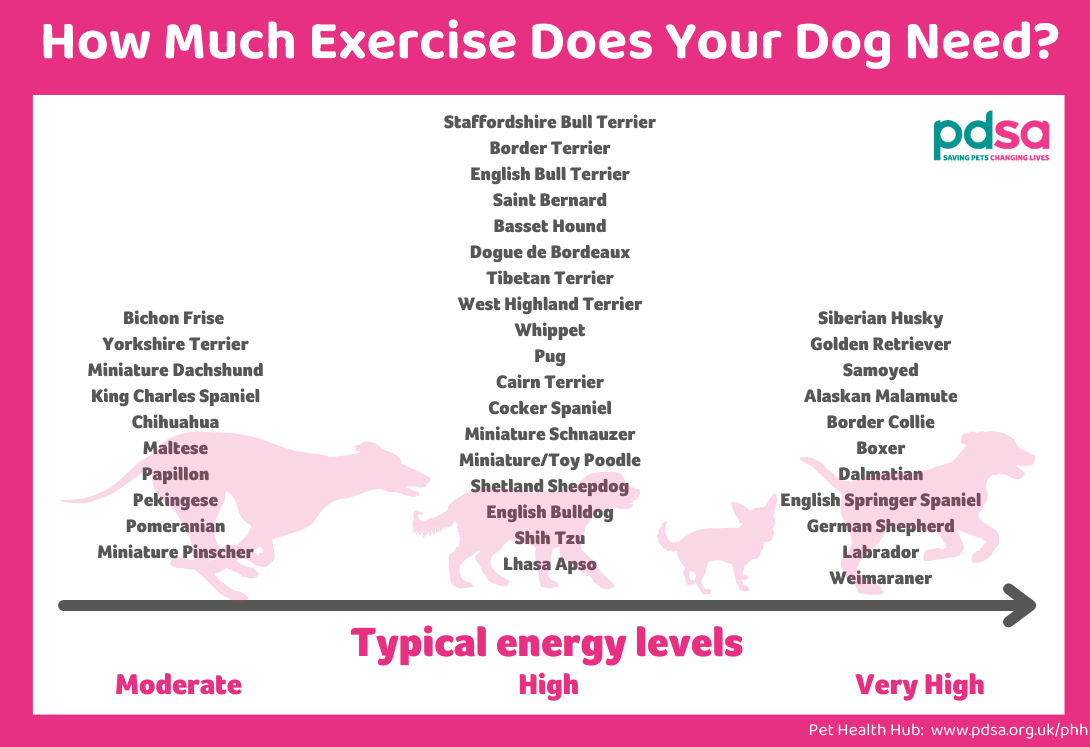A Labrador typically needs at least one to two walks a day. Each walk should last about 30 to 60 minutes.
Labradors are energetic and playful dogs that thrive on regular exercise. Daily walks are essential for their physical health and mental stimulation. These friendly companions enjoy exploring their surroundings and interacting with other dogs. Regular exercise helps prevent boredom and destructive behaviors, making walks a vital part of their routine.
A well-exercised Labrador is happier and healthier, leading to a more balanced life. Owners should also consider their dog’s age, energy level, and health condition when planning walks. Tailoring exercise to each dog’s needs ensures they remain fit and engaged while strengthening the bond between pet and owner.
Labrador Energy Levels And Exercise Needs
Labradors are known for their high energy levels. They require regular exercise to stay healthy and happy. Understanding their exercise needs is essential for every owner. A well-exercised Labrador is a well-behaved Labrador.
Common Traits
Labradors are active and playful. Here are some common traits:
- Friendly and social
- Intelligent and eager to please
- Love to retrieve and play games
- High energy, especially in younger years
Daily Exercise Recommendations
Daily exercise is crucial for Labradors. Here are some recommendations:
| Age Group | Recommended Walks | Duration |
|---|---|---|
| Puppies (up to 6 months) | 2-3 walks | 15-30 minutes each |
| Young Adults (6 months – 3 years) | 2 walks | 30-60 minutes each |
| Adults (3 years and older) | 1-2 walks | 30-90 minutes each |
In addition to walks, include playtime. Fetch and swimming are great activities. Aim for at least 1 hour of exercise daily. Adjust based on your dog’s age and health.

Credit: www.pdsa.org.uk
The Importance Of Regular Walks
Regular walks are essential for your Labrador’s well-being. They offer physical exercise and mental challenges. A well-exercised dog is a happy dog. Walking helps prevent boredom and destructive behavior.
Mental Stimulation
Walking provides valuable mental stimulation for Labradors. It allows them to explore their environment. Here are some key benefits:
- Encourages curiosity and exploration
- Promotes socialization with other dogs
- Stimulates their sense of smell
These factors keep your Labrador mentally sharp. Engaging their minds reduces anxiety and stress. A mentally stimulated dog is more relaxed at home.
Physical Health Benefits
Regular walks greatly improve your Labrador’s physical health. They help maintain a healthy weight. Here are some important physical health benefits:
| Benefit | Description |
|---|---|
| Weight Control | Helps prevent obesity and related health issues. |
| Joint Health | Supports joint flexibility and reduces arthritis risk. |
| Heart Health | Boosts cardiovascular fitness and endurance. |
Daily walks can extend your Labrador’s lifespan. Healthy dogs are happier and more energetic. Consistent exercise is key for a long, happy life.
Ideal Walking Schedule For Labradors
Labradors are active dogs. They need a structured walking schedule. Regular walks keep them healthy and happy. Aim for at least two walks daily. Let’s explore the best times for these walks.
Morning Routines
Morning walks set a positive tone for the day. A brisk walk energizes both you and your Labrador.
- Duration: 30-60 minutes
- Time: Early morning, around 7-8 AM
- Benefits:
| Benefit | Description |
|---|---|
| Boost Energy | Morning walks increase energy for the day ahead. |
| Improve Mood | Walking releases happy hormones for both you and your dog. |
| Promote Health | Regular walks help maintain a healthy weight. |
Try to vary the route. New scents and sights excite Labradors. Keep walks consistent for the best results.
Evening Exercise
Evening walks help burn off excess energy. This is especially important for active Labradors.
- Duration: 30-60 minutes
- Time: Early evening, around 6-7 PM
- Benefits:
- Calm Down: Evening walks help your dog relax.
- Bonding Time: Spend quality time together after a long day.
- Health Benefits: Regular evening walks support overall health.
Consider adding playtime after the walk. Fetch or tug-of-war can be fun. It keeps your Labrador engaged and happy.

Credit: www.adaptil.co.uk
Adjusting Walks For Your Labrador’s Age
Every Labrador has unique exercise needs based on their age. Knowing how to adjust walks helps keep them healthy and happy. Puppies require different routines than senior Labradors. Here’s how to tailor walks for each life stage.
Puppy Exercise Guidelines
Puppies are full of energy. They need structured exercise to develop properly.
- Limit walks to 5 minutes per month of age.
- For example, a 3-month-old puppy needs 15 minutes.
- Frequent short walks are better than one long walk.
Playtime is essential. Engage them with:
- Fetch games
- Short runs
- Socialization with other dogs
Watch for signs of fatigue. If they start to slow down, it’s time to rest.
Senior Labradors’ Needs
As Labradors age, their exercise needs change. Senior dogs require less intense activity.
| Age Range | Recommended Walk Duration | Type of Exercise |
|---|---|---|
| 7-10 years | 30-40 minutes | Leisurely walks |
| 10+ years | 20-30 minutes | Gentle strolls |
Focus on keeping them comfortable. Look for signs of tiredness or discomfort. Adjust the pace and duration as needed.
Mix in mental stimulation. Activities like:
- Puzzle toys
- Training sessions
- Simple scent games
This helps keep their minds sharp and engaged.
Tips For Enjoyable And Safe Walks
Walking your Labrador should be fun and safe. Here are some tips to enhance your walks. Consider the right gear and seasonal changes. These factors will keep both you and your dog happy.
Choosing The Right Leash
Selecting the right leash is essential. A good leash ensures control and safety.
- Length: A 6-foot leash is ideal for most walks.
- Material: Use durable materials like nylon or leather.
- Type: Consider a standard leash over retractable ones.
Retractable leashes can be tricky. They offer less control and can cause accidents.
Seasonal Considerations
Seasons impact your walk experience. Each season brings unique challenges.
| Season | Tips |
|---|---|
| Spring | Watch for allergies; keep your dog hydrated. |
| Summer | Walk early or late; avoid hot pavement. |
| Fall | Watch for falling leaves; keep an eye on your dog. |
| Winter | Dress your dog in a coat; check for ice. |
Adapting to seasonal changes keeps your walks enjoyable. Always check the weather before heading out.

Credit: www.youtube.com
Conclusion
Understanding your Labrador’s exercise needs is essential for their health and happiness. Regular walks not only keep them fit but also provide mental stimulation. Aim for at least one hour of activity daily. By meeting these needs, you’ll build a stronger bond and ensure a joyful life for your furry friend.
